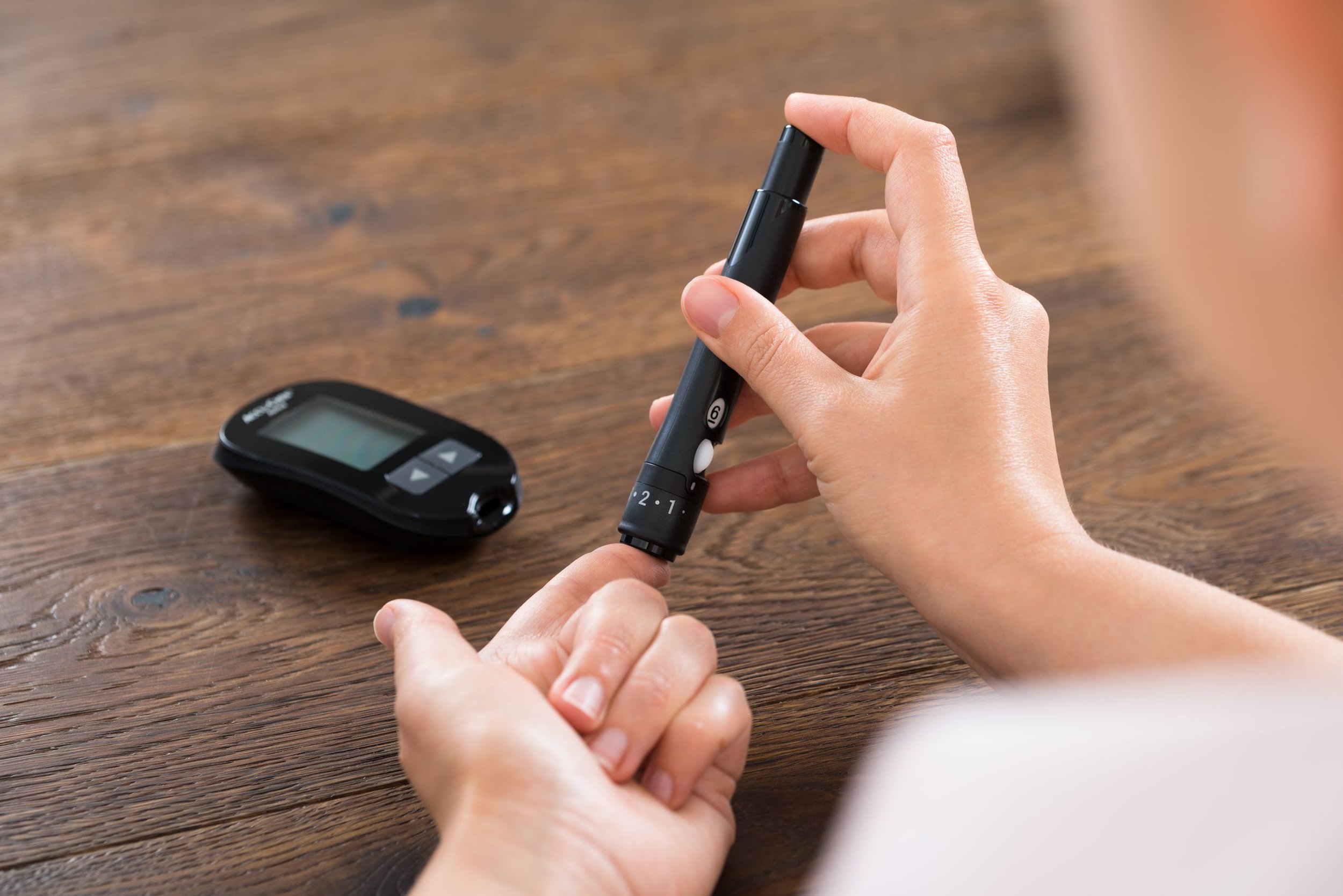Why it’s important to incorporate user research into every product development effort
Investing in user research is critical for success in creating a great product that meets users’ goals and delivers an extraordinary experience.
As the design team at IBM said, “user research helps us thoroughly explore and identify unarticulated needs and fill in any gaps in knowledge about our users…”
By forcing ourselves to identify and address our own biases and misconceptions about a product and its market, user research increases the probability that the product will be successful in terms of user adoption by focusing on the user needs.
Because of this, every product development effort should begin with user research in order to systematically explore and document the users, potential uses and use environments of your product.
But sometimes there isn’t budget or time for user research. Or maybe you know the customer and/or market like the back of your hand. However, I want to caution that when companies don’t do user research, or try to take short cuts, the chances of product failure increase exponentially because the product experience may not be optimized for the target end users.
Instituting a user research program and process ensures that product development focuses on the user from the beginning.
Okay, so how do you integrate this process into your product development efforts?
In this article, I seek to answer three main questions:
What kind of information can you get from research?
What is the value that this brings to the product development process?
What risk is reduced based on that information?
1) User Profiles
What it is: User profiles summarize the physical, mental and emotional characteristics of the target end users that may impact how the user interacts with the product.
Value: Understanding the abilities, limitations and characteristics of your users before you begin the design process enables you to design features and functions that provide an appropriate level of accommodation and support. This focus will allow your user to easily accomplish their goals with your product.
For example, a person with diabetes may have vision deficits that make it difficult to see the readout on a glucose meter. By designing the meter with larger text and higher contrast so it is easier to read, you remove barriers for understanding and navigating the product interface, ensuring it is accessible to those who need it.
Reduced risk: Using a systematic approach to research ensures that you don’t overlook a critical user characteristic that is crucial to product success. This, in turn, reduces the potential for launch delays associated with rework as you incorporate this new (and important) user need into the design.
2) User Goals and Motivations
What it is: Understanding the user’s goals and motivations helps us identify the intended use of the product, including what the user is trying to accomplish and why.
Value: Focusing on the user goals and motivations, rather than just the specific activities they currently do, allows for consideration of truly innovative and disruptive approaches to product development. This approach also enables us to identify latent user needs – things the user cannot articulate but that we can observe through research.
For example, if you are developing a diagnostic device with the goal of replacing a manual process, you could easily create something that simply mimics the existing process. However, if you understand why the user is taking each step in the manual process, and what the ultimate goal is, you are opening up the solution space for more innovative ideas on how to achieve the end goal.
Reduced risk: By focusing on outcomes (what the user’s goals and motivations are for using the product) rather than taking a features-first approach to product development, you reduce the chances of building and prioritizing the wrong features in your product.
Additionally, when feature trade-offs need to be made to ensure you stay on schedule or within budget, you’ll be able to make an informed decision about which features to delay or exclude without compromising user satisfaction.
3) Understanding the Environment of Use
What it is: Being aware of the context in which users will interact with your product and how those environments may affect how they use your product.
Value: Different use environments bring unique sets of challenges. Understanding the use environments from the beginning of a project enables your team to develop appropriate solutions that support the user in any situation.
For example, when developing a wearable medical device like a cochlear implant processor, it is important to understand the various environments the user may encounter, including things like the shower or walking outside in the rain. By identifying these challenging aspects of the use environment early in the design process you can ensure that the appropriate sealing features are integrated into the design from the beginning.
Reduced risk: Identifying aspects of the use environment that will impact the use or design of the device in the early stages of development minimizes your chances of rework associated with challenging environments.
As I’ve illustrated above, information gathered from user research is integral to each member of the product development team - whether it’s creating product requirements and risk management documentation, or mechanical and electrical architecture, to budget and schedule tradeoffs.
By beginning with user research, you can reduce the potential risks that are often associated with new product development and increase your chances of a successful product launch.

